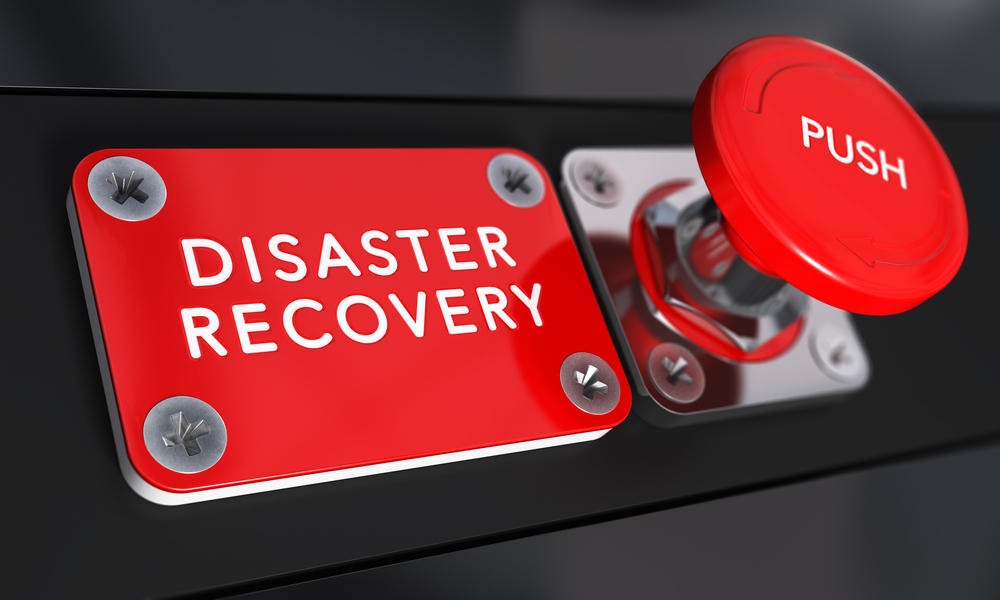Disaster recovery as a service has a lot of benefits, especially for clients with complex and heterogeneous computing environments. A disaster recovery company provides disaster recovery solutions that can provide clients with:
- Rapid and immediate recovery services from any IT disaster,
- Reliable security from a provider compliant with all relevant regulatory bodies,
- Modern IT infrastructure with little or no expenditures and
- Automated systems to monitor the health of the data.
Because of these reasons and more, a lot of IT administrators are thinking about moving from traditional data centers to hybrid models with multi-site production which spreads across both public and private clouds with co-location components.
However, they should carefully consider network resiliency and vendor fragmentation which are normally the two main challenges associated with hybrid data centers.
Vendor fragmentation
Implementing DRaaS solution across multiple providers can offer specific benefits to each, however, the entire process risks fragmentation. Additionally, managing multiple managed services-based DRaaS solutions increases complexity to the recovery process especially when speed and simplicity are required.
IT admins should ensure that hybrid data centers have recovery point systems which assist them in avoiding fragmentation issues.
Also, the admins should ensure that the data centers provide a single-source managed availability services which are delivered across a broad range of hybrid environments.
A good hybrid data center should be able to offer recovery solutions for each of the diverse and distributed production resources. This assists the organization to achieve the best enterprise recovery in case of a major IT disaster which can affect any or the entire components of the data center.
Network resiliency
Another major point for the IT admins to consider when moving to DRaaS is network resiliency. Like any other cloud-based service, the performance of DRaaS is determined by the design and the performance if the recovery network. Hybrid production deployments normally add network complexity to a recovery strategy because their computing resources are normally distributed rather than centralized. The network issues can even become bigger when the focus shifts from recovering a single virtual machine to the entire organization.


Trackbacks/Pingbacks